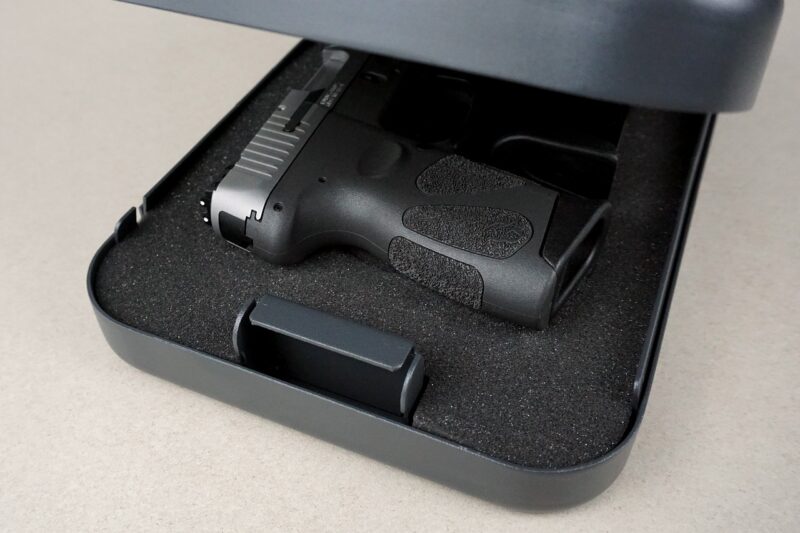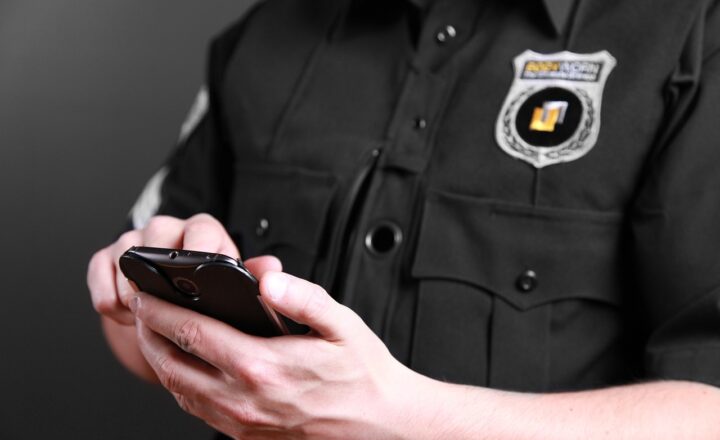The Most Effective Self-Defense Weapons and When to Use Them
November 11, 2024

In an unpredictable world, having the ability to protect yourself is vital. Self-defense weapons can empower individuals to ensure their safety, especially in dangerous situations. However, it’s essential to know not only which weapons are the most effective but also when and how to use them properly. This comprehensive guide will explore various self-defense weapons, their legal considerations, and tips on when each weapon is appropriate to use.
1. Understanding Self-Defense Weapons
Self-defense weapons can be categorized into two main types: lethal and non-lethal. Lethal weapons are designed to incapacitate or eliminate a threat, while non-lethal weapons aim to disable an assailant without necessarily causing permanent harm. Both types play crucial roles in self-defense, and choosing the right one depends on individual circumstances, legal constraints, and personal comfort levels.
It’s also important to note that using any self-defense weapon requires training and understanding of the laws surrounding its use. In many places, the law mandates that the level of force used in self-defense must correspond to the threat level faced.
2. Non-Lethal Self-Defense Weapons
Non-lethal self-defense weapons are often popular choices for personal safety. Here are some of the most effective options:
- Pepper Spray: A compact and easy-to-use option, pepper spray temporarily blinds an attacker and causes intense discomfort by inflaming the mucous membranes. It’s crucial to know the wind direction and aim it at the assailant’s face.
- Tactical Flashlights: These are not only effective for illuminating dark areas but can also disorient an attacker when shined directly in their eyes. Many tactical flashlights are designed to be durable and can double as a striking weapon.
- Stun Guns/Tasers: Stun guns deliver a high-voltage shock that can incapacitate an attacker temporarily. They are typically safe for use against assailants without the risk of killing them, making them an effective defense option.
- Self-Defense Keychains: Small and easy to carry, self-defense keychains often come in various styles like kubotans or cat-shaped designs. They can be used to deliver a powerful jab or strike if facing an assailant up close.
These weapons allow you to defend yourself effectively while minimizing the risk of inflicting severe harm.
3. Lethal Self-Defense Weapons
While lethal self-defense weapons should be treated with extreme caution, they may be necessary in life-threatening scenarios. Here’s a look at several options:
- Firearms: Firearms are often considered the most effective means of self-defense. However, they require extensive training and responsibility. Laws governing firearms differ significantly between regions, so it’s crucial to understand the legal implications of possessing and using a firearm for self-defense.
- Knives: A knife can be a versatile self-defense tool. Options vary from pocket knives to tactical knives. Training in knife techniques and understanding the legal use of knives is beneficial before considering them as self-defense weapons.
- Collapsible Batons: These extendable batons are compact and effective in close-range encounters. They can incapacitate an attacker without inflicting long-term injury if used properly, but training is necessary to wield them effectively.
Utilizing lethal weapons comes with significant responsibilities and legal ramifications, so it’s essential to consider the circumstances carefully.
4. When to Use Each Type of Weapon
Knowing when to deploy a particular weapon is critical in self-defense scenarios. Here’s a general guideline:
Non-Lethal Weapons:
- Use non-lethal options when you feel threatened but not in immediate danger of life or serious injury. These weapons allow you to escape from a situation without causing severe harm to your attacker.
- If you find yourself in an unexpected confrontation and can safely withdraw, non-lethal weapons are effective for creating distance between you and an aggressive person.
Lethal Weapons:
- Consider using lethal weapons only if you perceive an imminent threat to your life. This may include situations where an attacker is armed, or you have been cornered with no escape routes.
- Always ensure that you understand your local laws regarding self-defense to avoid legal repercussions in the aftermath of using a lethal weapon.
Safety and awareness are essential. Think of self-defense as a last resort and avoid confrontation whenever possible.
5. Legal Considerations When Using Self-Defense Weapons
Self-defense laws vary significantly by location, but common themes include:
- Reasonableness: The level of force used must be reasonable based on the threat. Always assess if it makes sense to escalate.
- Duty to Retreat: Some jurisdictions require individuals to retreat from a threatening situation if it is safe to do so. Failing to do so may affect your legal standing if you use self-defense force.
- Consistent Training: Staying educated and updated on self-defense techniques can aid you in knowing when to use force respectfully and legally.
Understanding the legal context surrounding weapons is vital to ensuring that you act within your rights while staying safe.
6. Conclusion
Choosing the right self-defense weapons involves understanding their effectiveness and the legal implications surrounding their use. Whether opting for non-lethal or lethal options, individuals must be mindful of when and how to use these tools to protect themselves safely.
Regular training and education about self-defense can empower you to act effectively under pressure, enhancing your personal safety. In any situation, remember that avoiding confrontation should always be the priority, using self-defense weapons as a last resort when absolutely necessary.








